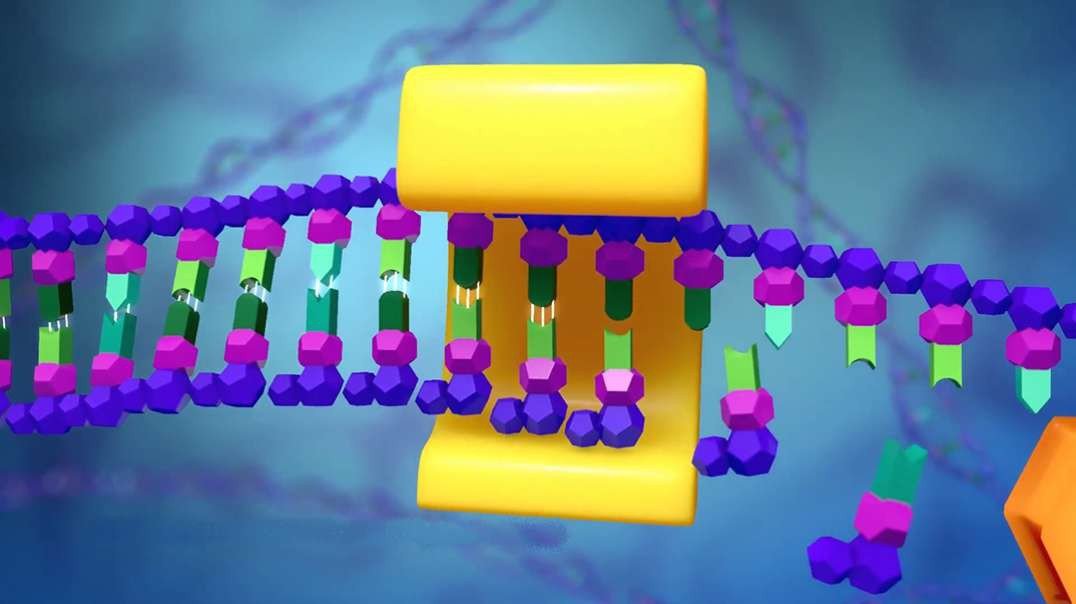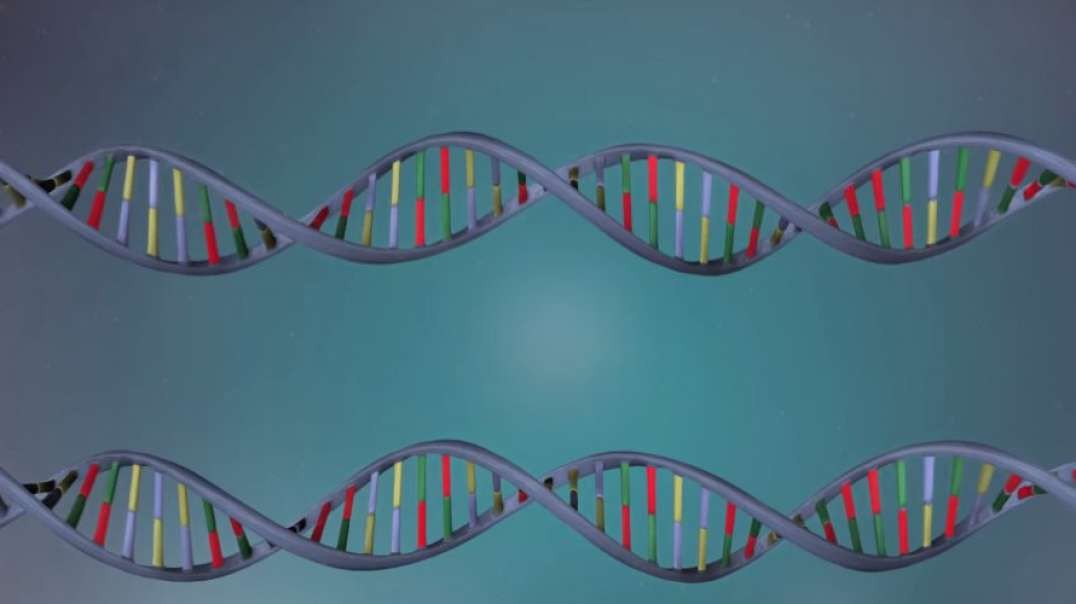
:
DNA and RNA: DNA Replication
Let's take a look at DNA replication, the process in which DNA copies itself. Why does DNA need to copy itself? Well, before a cell divides during mitosis, it must make a copy of its original DNA. This ensures that both resulting daughter cells will have DNA that is identical to the original cell's DNA. So at what point in the cell cycle does DNA replication happen? DNA is copied or replicated during the S phase of the cell cycle. A good way to remember this is that S stands for synthesis, which means to make. Now, let's see how DNA replicates during the S phase. If we zoom into the nucleus, we can see the DNA molecules two strands or sides twisted together in the classic double-helix formation. The two strands are connected by hydrogen bonds between their nitrogenous bases. The first step of replication begins with an enzyme called DNA helicase. The suffix A-S-E or ASE tells you right away that helicase is an enzyme. Helicase unwinds and then separates the two sides of the DNA molecule by breaking the hydrogen bonds between their nitrogenous bases. Each separate half of the DNA can now serve as a template or pattern for the creation of a new strand of DNA. This separation exposes all of the nitrogenous bases on both sides of the DNA to the environment within the nucleus where free nucleotides are present. This brings us to the second step in DNA replication, the creation of two new identical DNA strands. An enzyme that assists in this process is called DNA polymerase. It adds free nucleotides available in the nucleus to the original template strands. DNA polymerase does this by creating new hydrogen bonds between the available nitrogenous bases of the free nucleotides and those on both sides of the original DNA molecule. New nucleotides are added to the template strands following the base pair rule of nitrogenous bases. Remember, in DNA, adenine always bonds with thymine. Thymine always bonds with adenine. Guanine always bonds with cytosine, and cytosine always bonds with guanine. So these newly attached nucleotides form a mirror image or complementary strand on each template strand of the original DNA. As a result of this replication process, two duplicate molecules of DNA are produced from the original DNA molecule. With DNA replication now completed, the cell is ready to begin mitosis. We will cover mitosis in another video. In summary, DNA replication is a process in which DNA duplicates itself, making an identical copy. Replication occurs during the S phase of the cell cycle when a somatic cell is preparing to divide. DNA replication is necessary so that the two daughter cells produced after mitosis both have DNA that is identical to each other and identical to the DNA in the original cell. At the beginning of replication, an enzyme called DNA helicase breaks the hydrogen bonds between nitrogenous bases and unwinds the DNA molecule. Each side of the original DNA molecule serves as a template for the creation of a new complementary strand of DNA. With the assistance of DNA polymerase and other enzymes, free nucleotides are added to the template strands following the base pair rule. The result of DNA replication is two identical duplicate DNA molecules from the original DNA molecule.
